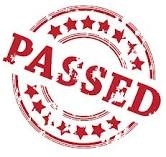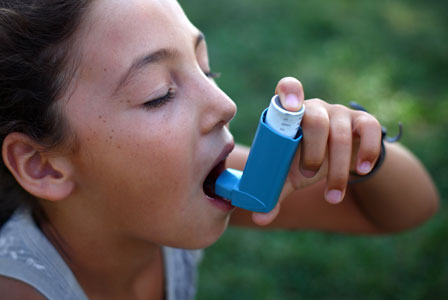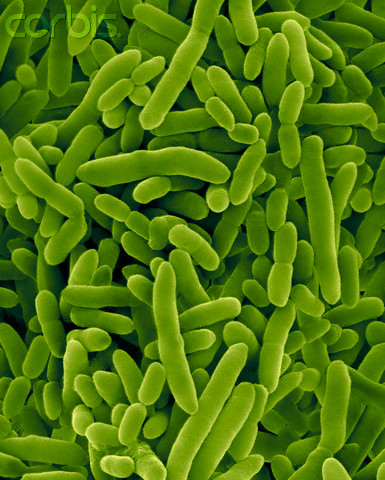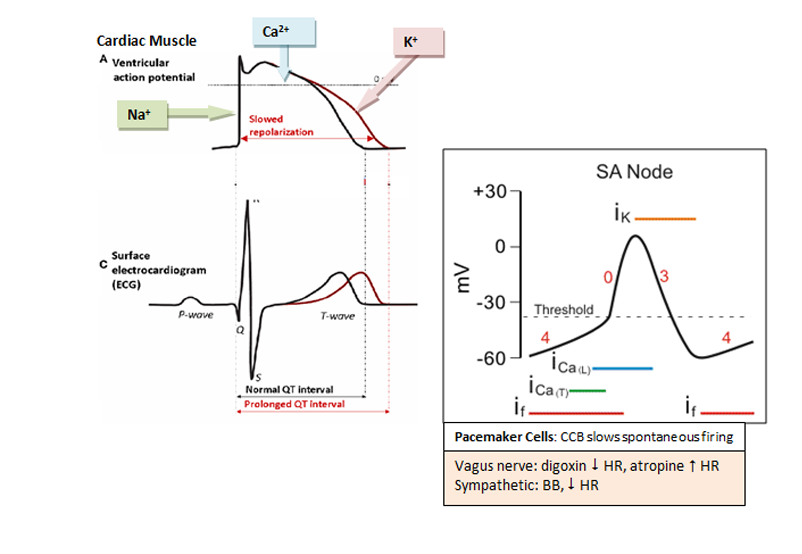Pharmacoeconomics are on the test more than I would have thought. Some notes for you. Enjoy!
Definitions
A. Pharmacoeconomics—the description and analysis of the costs and consequences of pharmaceuticals and pharmaceutical services and its effects on individuals, health care systems, and society. These costs and consequences typically include both economic and humanistic assessments.
1. A division of outcomes research; however, NOT all outcomes research is pharmacoeconomic research.
B. Outcomes research—broadly defined as studies that attempt to identify, measure, and evaluate the end results of health care services in general
1. Clinical effects as well as economic & humanistic outcomes (i.e. functional status, well-being, satisfaction w/ care).
2. Proposed that evaluation of drug therapy and related services should always include assessments of economic, clinical, and humanistic outcomes.
A. Economic, clinical, and humanistic outcome (ECHO) model
1. Economic outcomes—direct, indirect, and intangible costs compared with the consequences of medical treatment alternatives.
2. Clinical outcomes—medical events that occur as a result of disease or treatment
3. Humanistic outcomes—consequences of disease or treatment on patient functional status, or quality of life, measured along several dimensions, e.g., physical functioning, social functioning, general health perceptions and well-being.
B. The ECHO model recognizes intermediary outcomes
1. Economic intermediaries à introduced from the clinical and humanistic side of the model.
a. Clinical à direct costs of medical care assoc’d with each treatment, not just the direct cost of the pharmaceutical products (i.e. lab testing, ED visits, inpt hospitalizations, and costs of retreatment from product failure)
b. Humanistic à
i. Indirect, or productivity costs assoc’d with the time lost from work
ii. Direct nonmedical costs à transportation to the hospital, or physician’s office for treatment
2. Humanistic intermediaries à affect the indl’s subjective evaluation of outcomes
a. Examples: side effects; efficacy/effectiveness; patient’s willingness or ability to pay; adherence to drug regimen (compliance); patient’s knowledge; drug dosing schedules
Economic outcomes assessment
**Balance cost vs consequences
A. Costs
1. Direct medical costs—costs incurred for medical products and services used for the prevention, detection, and treatment of a disease.
a. Examples: hospitalization, drugs, laboratory testing, supplies
i) Fixed costs represent overhead costs
ii) Variable costs—vary as a function of volume
2. Direct nonmedical costs—costs for nonmedical services that are the result of illness or disease, but do not involve purchasing medical services.
b. Examples: special food, transportation for health care, family care
3. Indirect costs—costs of morbidity and mortality resulting from illness or disease.
a. Examples: lost productivity, premature death
4. Intangible costs—costs of pain, suffering, grief, and other nonfinancial outcomes of disease and medical care
5. Incremental costs—additional costs incurred to obtain an additional unit of benefit from an alternative strategy.
6. Opportunity costs—the value of the next best use that is forgone
B. Consequences
1. Positive versus negative
a. Full evaluations must measure both desirable and undesirable outcomes.
2. Intermediate (“surrogate outcomes”) versus final
a. Intermediate outcomes are commonly used to demonstrate clinical efficacy because their usage reduces the costs and time required to conduct a clinical trial.
C. Perspectives: The pharmacoeconomic question being asked usually determines the appropriate perspective or viewpoint to be used.
1. Patient—costs are what they pay for a product or service (the portion not covered by insurance).
2. Provider—the health care professional or care organization; costs are the actual costs of providing a product or service, regardless of the charge
3. Payer—insurers, government, or employers; the costs are the charges for health care products and services allowed (reimbursed) by the payer.
4. Society—costs include patient morbidity and mortality costs, and the overall costs of giving and receiving medical care (**PREFERRED FOR CEA)
Economic Assessments
A. Full economic evaluation helps to assess the economic benefit of a program, service, or treatment
a. Requires (1) comparison of >2 treatment alternatives and (2) BOTH costs and consequences of the alternatives are examined
|
Methodology
|
Cost Unit
|
Outcome Unit
|
Example
|
|
COI
|
$
|
Not assessed
|
Yields total cost of a disease
|
|
CMA
|
$
|
Comparative groups assumed to have = outcomes
|
Determine the least costly alternative
|
|
CBA
|
$
|
$
|
Net cost or benefit usually* or cost:benefit ratio
Used to decide how to allocate scarce resources
|
|
CEA
|
$
|
Natural units or units of effect
|
Used to compare competing programs or tx alternatives that differ in therapeutic outcome**
|
|
CUA
|
$
|
QALY
|
Used to compare txs or programs using terms of patient preference, quality of health care, or when outcomes can’t be expressed in monetary terms
|
COI = Cost of illness, CMA = Cost-minimization analysis; CBA = Cost-benefit analysis; CEA = Cost-effectiveness analysis; CUA = Cost-utility analysis; QALY = Quality-adjusted life years
*Example: if cost for treatment is $100 and value of outcome of treatment is $1000, cost-benefit ratio is:
benefit ÷ cost = $1000 ÷ $100 = 10/1 benefit of $1 million and cost of $100,000 also yields cost-benefit
ratio of 10/1 VS. net benefit = $900 ($1000 - $100)
**Results are expressed as average cost-effectiveness ratios, or as the incremental cost of using one alternative
over another.
Example: drug A has 90 percent cure rate, drug B has 95 percent cure rate; drug A costs $50,000 to
treat 100 patients, drug B costs $100,000 to treat 100 patients
-Calculation of average cost-effectiveness ratios:
drug A costs $50,000/100 patients ÷ 90 cures/100 patients = $555/cure
drug B costs $100,000/100 patients ÷ 95 cures/100 patients = $1053/cure
-Calculation of incremental cost-effectiveness ratio:
$100,000 - $50,000
95 cures - 90 cures = $10,000/additional cure with drug B
Techniques for analysis
A. Discounting
1. Definition—an analysis that adjusts (reduces) future costs and consequences to reflect present fiscal value.
2. Discounting costs—based on the time value of money; because the value of money decreases over time, future costs must be adjusted (discounted) to present time values.
3. Discount rate of 3–8 percent should be used (often reflective of current interest rates used by banking institutions). Health care uses 5%.
B. Sensitivity analysis
1. Definition—an analysis that tests robustness of study conclusions; sensitive variables (or assumptions) are varied over a range of plausible results and the impact on study results is observed.
2. Variables include percent efficacy (or effectiveness), incidence of specific adverse drug reactions, and dominant costs.
C. Incremental cost analysis
1. Definition—an analysis that examines the extra cost of one program or treatment alternative relative to the additional effect provided by that alternative.
2. Formula: _Cost B – Cost A_
Effect B – Effect A
Applied Pharmacoeconomics
A. Definition—putting pharmacoeconomic principles, methods and theories into practice to assess the value of pharmaceutical products and services used in “real-world” practice settings
B. Primary application—to inform local decision making. Examples:
a. Formulary management
b. Clinical guidelines
c. Drug use policies
d. Service or program evaluation
e. Individual patient treatment decisions






